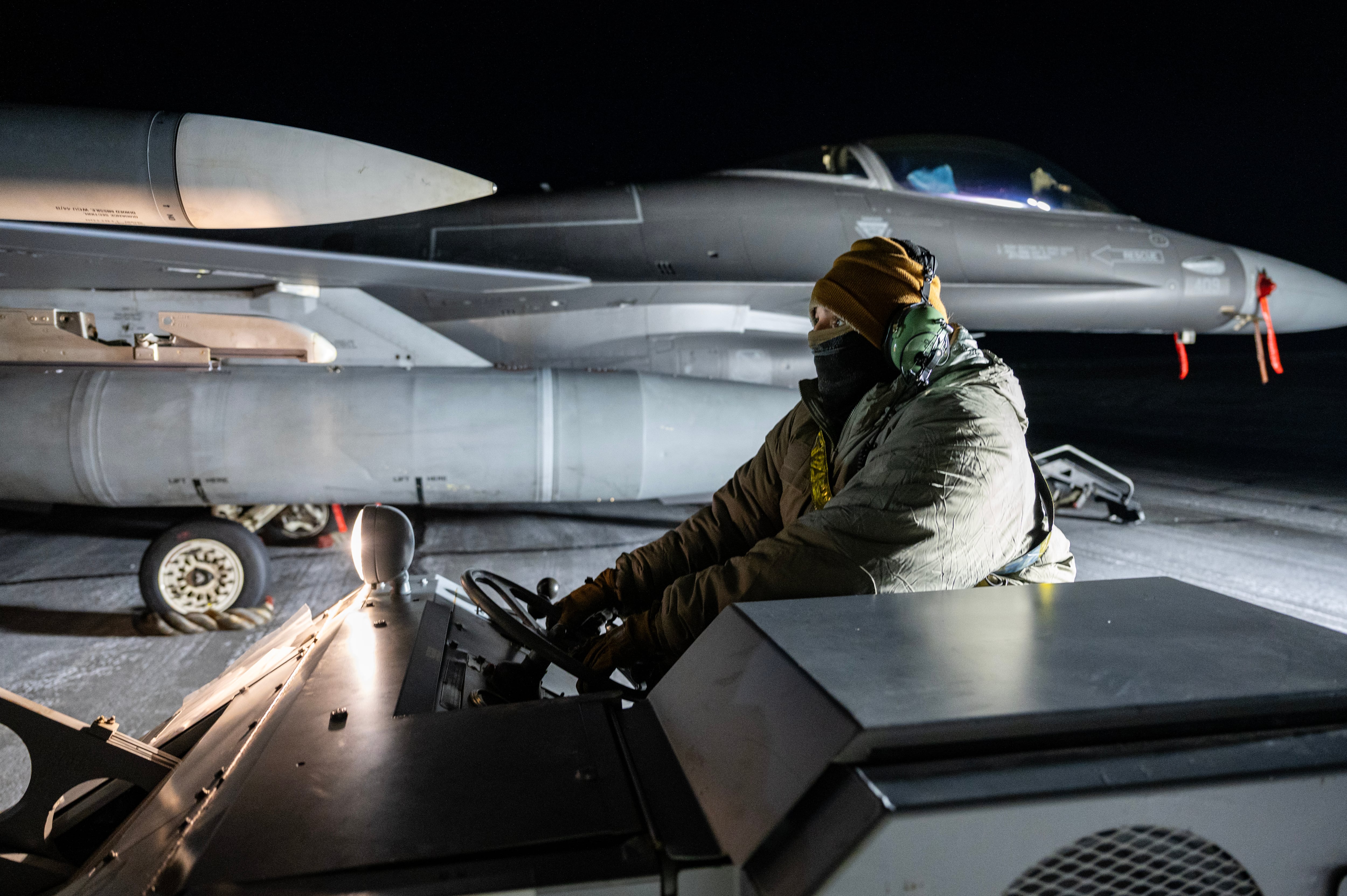WASHINGTON — The U.S. Army’s Precision Strike Missile ranged 400 kilometers — roughly 250 miles — in a test shot at White Sands Missile Range, New Mexico, on May 12, Lockheed Martin announced.
The test marks the farthest the PrSM has flown so far, which is roughly the distance between New York City and Rochester, New York.
“We had impressive performance flying more than 400 kilometers in its longest range flown to date at the White Sands Missile Range,” Gaylia Campbell, Lockheed vice president of precision fires and combat maneuver systems, told a group of reporters directly following the test. ”PrSM was fired from a [High Mobility Artillery Rocket System] launcher and it flew with the expected precision to the target area where it once again demonstrated a highly accurate and effective warhead event. Our test objectives included confirming the flight trajectory, range and accuracy from launch to impact as well as warhead lethality, HIMARS integration, and overall missile performance.”
The missile went through three flight tests last year during a technology maturation and risk reduction phase, ranging from 240 kilometers, 180 kilometers and 85 kilometers. Shorter ranges can be more difficult to execute, as the missile must go up and come down quicker, according to experts.
The missile is a priority program for the Army and is intended to replace the Army Tactical Missile System to play an important role in the service’s future deep-strike capability.
The original intent was to reach a maximum of 499 kilometers, but America’s 2019 withdrawal from the Intermediate-Range Nuclear Forces Treaty with Russia has allowed the Army to develop the missile to reach ranges much farther. The INF Treaty prevented the development of missiles that ranged between 499 and 5,000 kilometers.
The May 12 test marks the fourth PrSM missile flight test and the first of three tests in an extended technology maturation and risk reduction phase. There will be two more flight tests this year.
Defense News previously reported PrSM would be tested at Vandenberg Air Base, California, in August, where the missile will travel beyond 499 kilometers; and one during the Army’s Project Convergence campaign of learning at Yuma Proving Ground, Arizona, where PrSM will have a “side-by-side” shot during which one missile is shot from one side of the pod and another from the other side of the pod. Lockheed would not disclose the rate of fire for that test involving more than one interceptor.
While the PrSM development program started out as a competitive effort between Lockheed and Raytheon Technologies, the latter ducked out of the competition in early 2020.
While the Army is shooting to initially field the capability in 2023, it will spiral in more capability including an enhanced seeker, increased lethality and extended range. The priority for PrSM in the nearer term is to pursue a maritime, ship-killing capability as well as enhanced lethality. Then the service plans to pursue an extended-range capability, but Army Futures Command is yet to determine the extended-range timeline.
Lockheed expects the service to make a decision on whether to go into the engineering and manufacturing development phase this summer, possibly mid- to late June, and hopes to be awarded a contract for that phase as well as an early operational capability set of missiles in the third or fourth quarters of fiscal 2021, according to Campbell.
Jen Judson is an award-winning journalist covering land warfare for Defense News. She has also worked for Politico and Inside Defense. She holds a Master of Science degree in journalism from Boston University and a Bachelor of Arts degree from Kenyon College.










